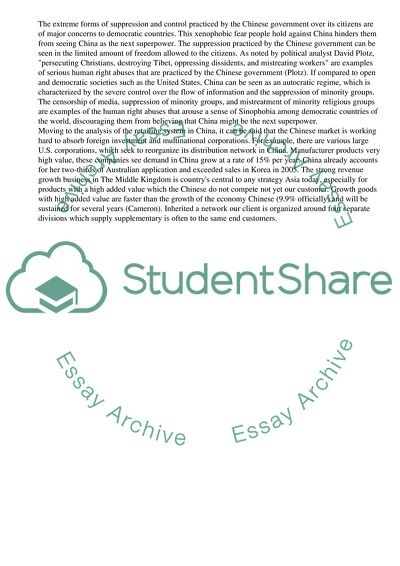Cite this document
(“Not Found (#404) - StudentShare”, n.d.)
Not Found (#404) - StudentShare. Retrieved from https://studentshare.org/business/1772977-international-business-project
Not Found (#404) - StudentShare. Retrieved from https://studentshare.org/business/1772977-international-business-project
(Not Found (#404) - StudentShare)
Not Found (#404) - StudentShare. https://studentshare.org/business/1772977-international-business-project.
Not Found (#404) - StudentShare. https://studentshare.org/business/1772977-international-business-project.
“Not Found (#404) - StudentShare”, n.d. https://studentshare.org/business/1772977-international-business-project.


